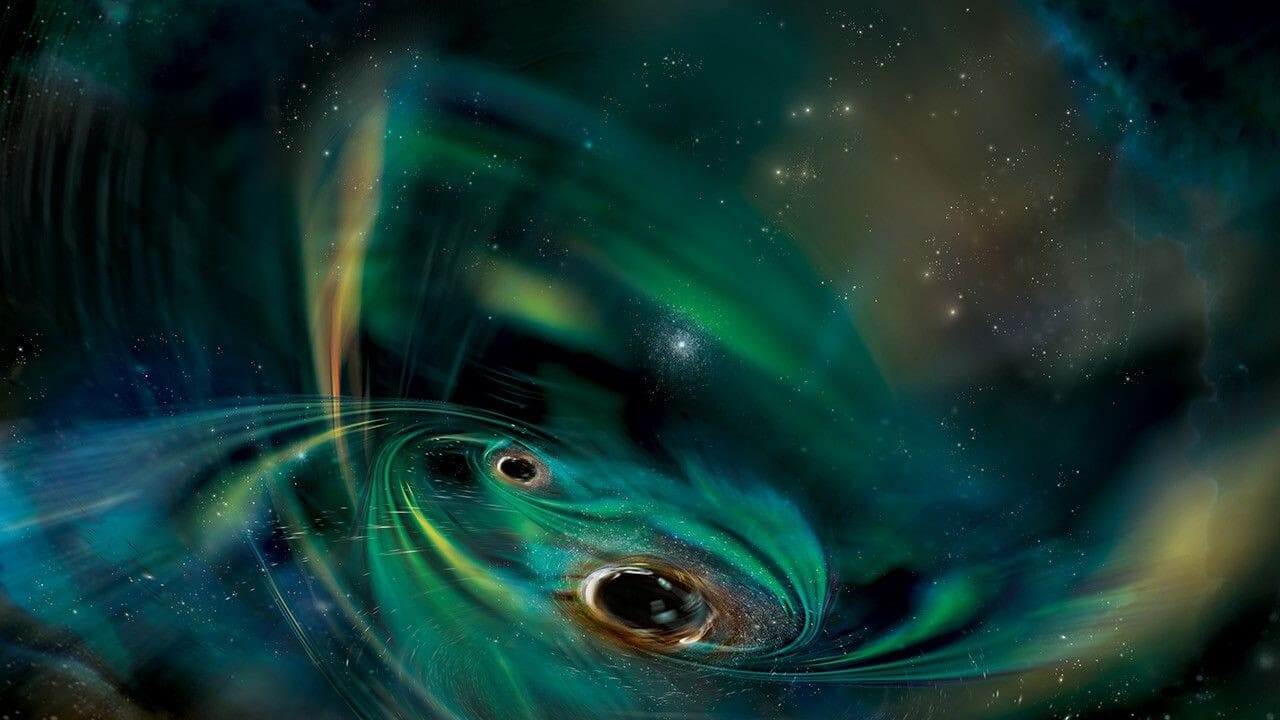
Astronomers detect unusual light bursts from distant black hole duo
What's the story
Astronomers have found a pair of black holes, some one billion light-years away from Earth, emitting strange flashes of light.
These regular bursts are thought to be caused due to the interaction of the black holes with a large gas cloud.
Lead researcher Lorena Hernandez-Garcia from the Millennium Institute of Astrophysics (MAS) in Chile called this "very different from anything I have seen before," Space.com reported.
Spectral anomaly
Mysterious M-shaped pattern in light data
The repeated light bursts from the black holes have led to a strange M-shaped spectral pattern in the X-ray and UV light data.
"We are finding a lot of weird stuff that wasn't possible to see before," Hernandez-Garcia told Space.com.
The finding further complicates the already complex study of these celestial phenomena.
Discovery journey
Initial discovery and reclassification of black hole flashes
The first hint of these black hole flashes was picked up in March 2021 by the Zwicky Transient Facility (ZTF) at California's Palomar Observatory.
At first, researchers believed they were observing a supernova owing to the brightness of the objects. But as the event repeated, they reclassified it as an active galactic nucleus (AGN), super-giant black holes famous for their luminosity.
Pattern analysis
M-shaped pattern challenges typical black hole behavior
Further analysis of the spectral data from observatories in Spain, India, and Mexico revealed that the M-shaped pattern was forming every two to three months.
This behavior didn't align with a typical AGN, leading researchers to discard that theory.
The patterns also showed no signs of a tidal disruption event (TDE), where bright flashes are caused by a star being torn apart by a black hole's intense gravity.
Galactic setting
Black hole pair's location and gas cloud theory
The black hole pair sits at the center of 2MASX J21240027+3409114, a galaxy some billion light-years away from the Milky Way.
The M-shaped spectral pattern indicates they are in a region filled with gases and dust.
Additionally, it is believed that their host galaxy, 2MASX, is on track to merge with another nearby galaxy — a process commonly linked with the formation of giant gas clouds.